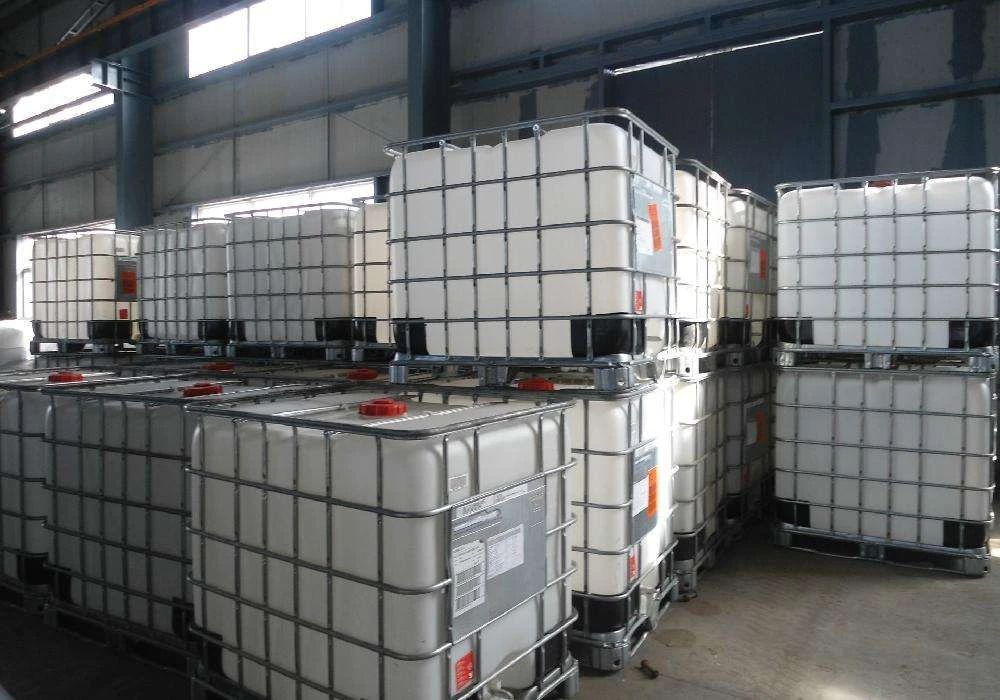Navigating the European Shift: N-Methyl-2-pyrrolidone in Photoresist Stripping Applications
In the rapidly evolving landscape of semiconductor manufacturing, the role of solvents like N-Methyl-2-pyrrolidone (NMP ) in photoresist stripping processes has come under increased scrutiny, especially within the European market. As environmental regulations tighten and the demand for sustainable manufacturing practices grows, stakeholders are reevaluating the use of traditional solvents and exploring safer, more compliant alternatives.
The Traditional Role of NMP in Photoresist Stripping
NMP has long been valued in the semiconductor industry for its efficacy in removing photoresist layers during the lithography process. Its strong solvency power makes it particularly effective in dissolving both positive and negative photoresists, facilitating clean and efficient wafer processing. This has positioned N-Methyl-2-pyrrolidone NMP as a go-to solvent in various applications, including microelectromechanical systems (MEMS), automotive electronics, and wafer-level packaging.
Regulatory Challenges in the European Market
Despite its effectiveness, NMP's classification as a substance of very high concern (SVHC) under the European Union's REACH regulation has raised significant concerns. Its potential reproductive toxicity and other health risks have led to stringent usage restrictions, compelling manufacturers to seek alternatives that align with both performance requirements and regulatory compliance.
In response to these challenges, companies like Merck KGaA have developed NMP-free solutions such as the AZ® 910 Remover. This product offers high throughput and environmentally friendly removal processes, reinforcing the industry's commitment to sustainable innovation.
Emerging Alternatives and Innovations
The push for NMP-free photoresist removers has spurred innovation in solvent formulations. Alternatives like dimethyl sulfoxide (DMSO) and other bio-based solvents are gaining traction, offering comparable performance with reduced health and environmental risks. For instance, MicroChemicals GmbH has introduced products such as the AZ® Remover 920, designed for fast delamination and dissolution of photoresist patterns while maintaining broad compatibility with device substrates and metal films.
Market Implications and Future Outlook
The transition away from NMP in photoresist stripping applications signifies a broader shift towards sustainable manufacturing practices in the European semiconductor industry. Manufacturers are investing in research and development to create solvents that not only meet regulatory standards but also deliver on performance and cost-effectiveness.
As the industry continues to evolve, collaboration between chemical manufacturers, semiconductor companies, and regulatory bodies will be crucial in developing and adopting solutions that ensure both technological advancement and environmental responsibility.
